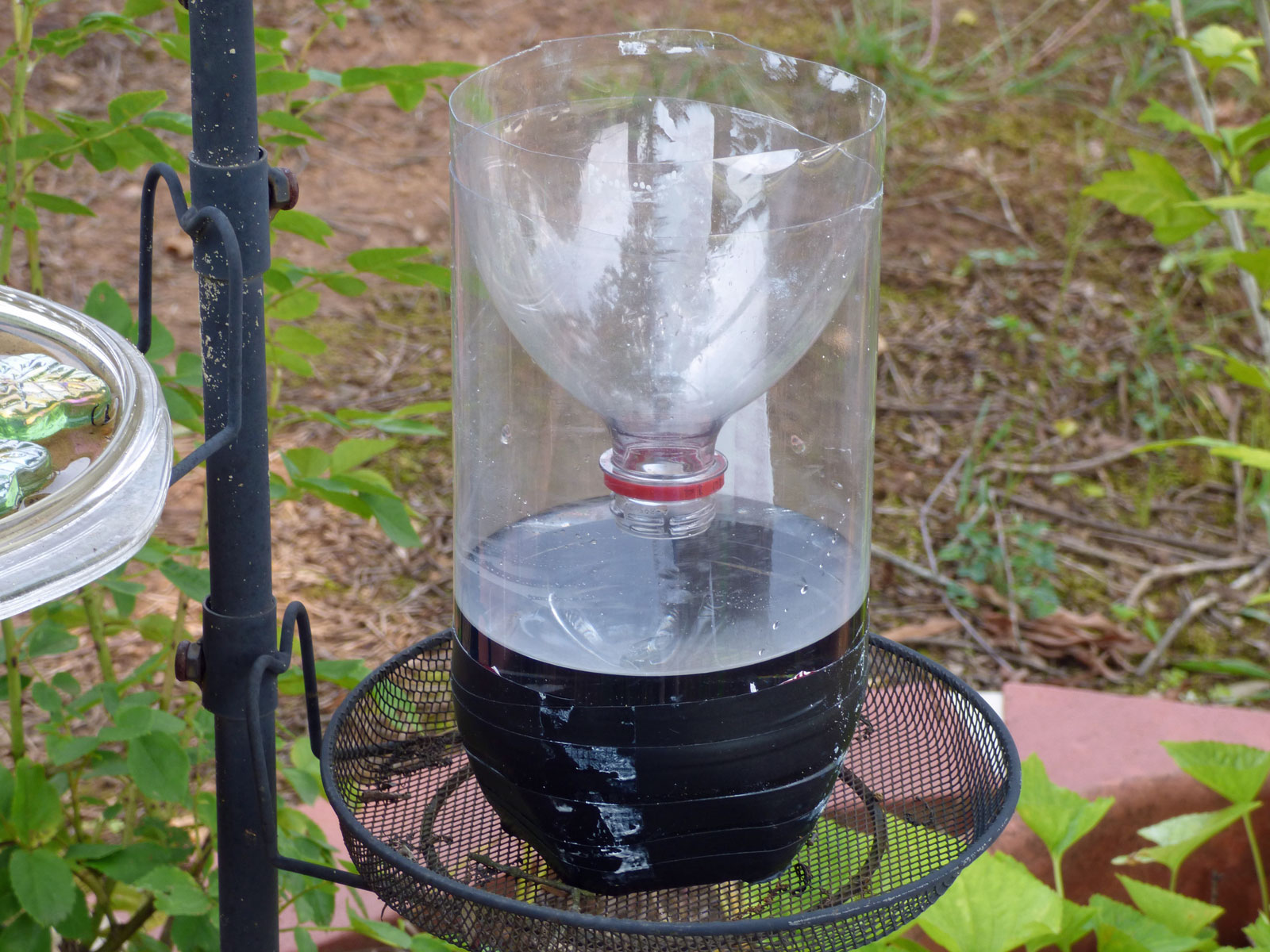Hacks That Will Forever Change How you Garden
By: Lauren M. Liff for Dabah Landscape Designs
Every gardener has their own handful of tips and tricks and by sharing these neat hacks – gardens everywhere are reaping the benefit. There’s the “by the book” way of gardening and then there’s the back road “unorthodox” way. I’ve found that most of these little tricks that work better that the step-by-step instructions from Gardening For Dummies. We’ve selected 5 organic gardening hacks that will not only change the way you garden but better your garden all together:
1. Save your coffee grounds! Believe it or not, coffee is for more than just giving your body a jump-start. Rather than throwing away your coffee grounds, save them for your garden. They are an amazing organic resource and provide nitrogen to your compost as well as assisting in improving your soil structure. If you are adding your grounds to a compost pile, combine it with equal amounts of leaves and grass clippings. When adding coffee grounds to a static compost bin, combine it with a carbon source (such as shredded paper or dry leaves) in equal amounts. For both composting methods make sure to mix the components together for the best results. If you are adding coffee grounds to your soil, make sure the soil is wet and apply a nitrogen fertilizer simultaneously. Coffee grounds in your soil will encourage microorganism growth. It has also been found that coffee grounds in the soil can also repel pests such as snails and slugs while at the same time attracting earthworms.
2. Save your eggshells! If you place crushed eggshells around your garden plants and vegetables, this will help deter slugs and will take your plants off their lunch menu! There really is no science behind this little hack; it’s simply that slugs do not like sharp edges as their soft bodies could easily be punctured. If you notice the obvious slime trails on your vegetative materials, its time to break out the eggshells (pun intended)!
3. Epsom salt for your tomatoes. Epsom salt has multiple health and beauty benefits for us, but who knew that it could be useful in the garden? Epsom salt is actually a naturally occurring mix of sulfate and magnesium. So when adding Epsom salt, in small quantities, to your tomatoes, can actually help the plant develop better fruit! Magnesium and sulfate are important ingredients when it comes to plant growth. It has also been found that adding Epsom salt around stressed plants can actually help them to recover.
4. Aluminum foil comes in handy! Every gardener is concerned about crawling pests when it comes to their vegetable gardens. Simply wrap a collar of aluminum foil around your tomatoes or squash – this will help deter these pests and prevent them from tasting your vegies before you even get the chance. Again, there is no science behind this hack; most crawling insects are not fond of moving across metal surfaces. The foil also acts as a physical barrier, preventing stem-harming pests such as borers from attacking your plants.
5. Baking soda is a multipurpose product! Baking soda can also be used in the garden as an organic fix for fungal diseases. The sodium bicarbonate properties in baking soda actually act as a natural fungicide. All you need to do is take 1 teaspoon of baking soda and dissolve it in 4 cups of water, add a few drops of liquid dish soap (so the solution can stick to the plants). Spray this solution on plants to prevent fungal diseases like powdery mildew, rust and black spot. This method can be repeated ever week to two weeks (or after rainfall).
There are so many garden hacks out there that can make your gardening experience easier and your garden happier. These hacks are heard mostly by word of mouth, so if you have any hacks of your own, please share them on our Facebook. We can all benefit from anything and everything that will make our lives better and easier. Happy gardening!















